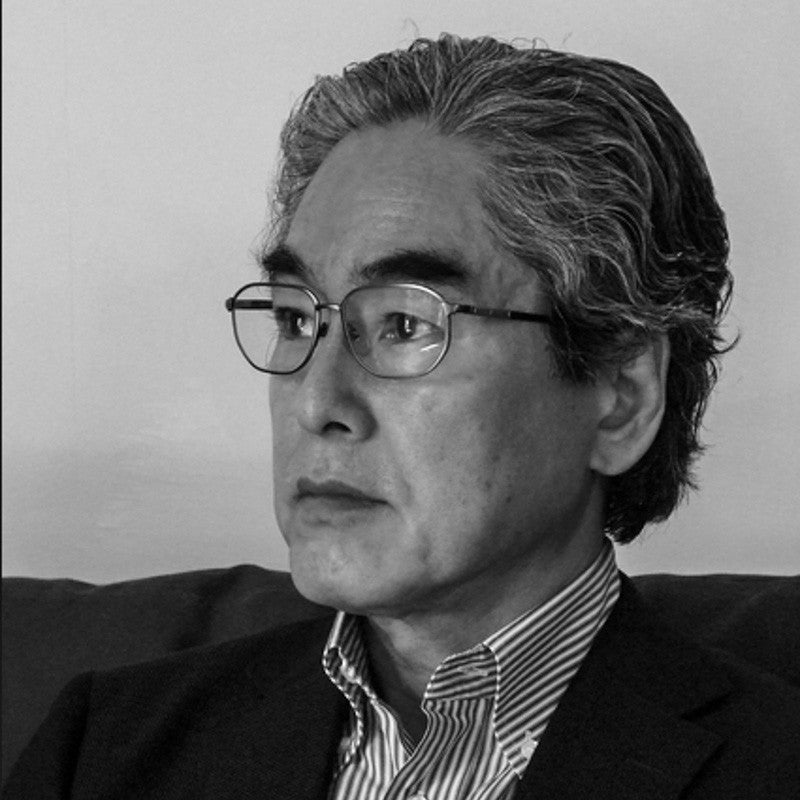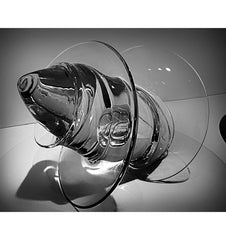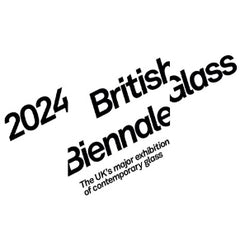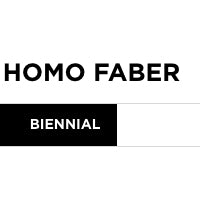
Japanese born Yoichi Ohira has been living and working in Venice since 1973. His distinctive vessels are a blend of Japanese aesthetics and traditional Italian glass techniques.
Ohira notes, "I would like to create work using my Japanese sensibility that is always a true reflection of the history of Venetian glass."Some of his works focus on the brilliant colors seen in Venetian glass, while others are classically simple, demonstrating the perfectly technical aspects of his body of work.
With the assistance of Livio Serena and Giacomo Barbini Italy, Murano, 2001 Fused, blown, cased, cut; colored powders, inlaysa) H: 15.9 cm, Diam: 31.1 cm; b) H: 11.3 cm, Diam: 20.5 cm; c) H: 24.3 cm, Diam: 12.4 cm2001.3.18, 16th Rakow Commission
Yoichi Ohira, who presently lives in Venice, Italy, was born and raised in Japan. He graduated from Tokyo's Kuwasawa Design School in 1969, and moved to Venice in 1973 to study sculpture at the Accademia di Belle Arti.
Ohira began working with glass on Murano at the Centro Studio Pittori nell'Arte del Vetro di Murano (commonly known as the Fucina degli Angeli ) in 1973. In 1987, he was offered the position of artistic director at Murano's De Majo glassworks, where he worked with some of the island's most accomplished and talented glass masters.
In 1992, Ohira left de Majo and entered on a career as an independent artist. In 1993, he began working with the Muranese master glassblower Livio Serena. In 1995, the master glass cutter Giacomo Barbini joined Ohira's artistic team.
While glass is a material fairly new to Japan, it is the historic medium of Venice. Ohira is an excellent example of the contemporary artist who does not interpret or adapt Italian techniques but transforms them. He takes his inspiration from both cultures, coaxing the convivial and bright colors of Muranese glass to integrate with the restrained forms of Japanese applied arts, which are quiet, subtle, and grounded in nature.
This triptych of vessels is part of the artist's Canti del cuore (Songs of the Heart) series. It consists of three forms that represent different elements of the landscape: Cratere (Crater), Lago (Lake), and Cascata (Waterfall).
In this work, fused canes, patterned murrine, and inlays are picked up on the blowpipe and blown. Colored glass powders are added during the blowing process. Cratere displays the type of murrine that is known as corazza della tartaruga , (turtle carapace). The cased, outer surface of Lago and Cascata are lightly battuto cu tto suggest the movement and reflection of light on water.



